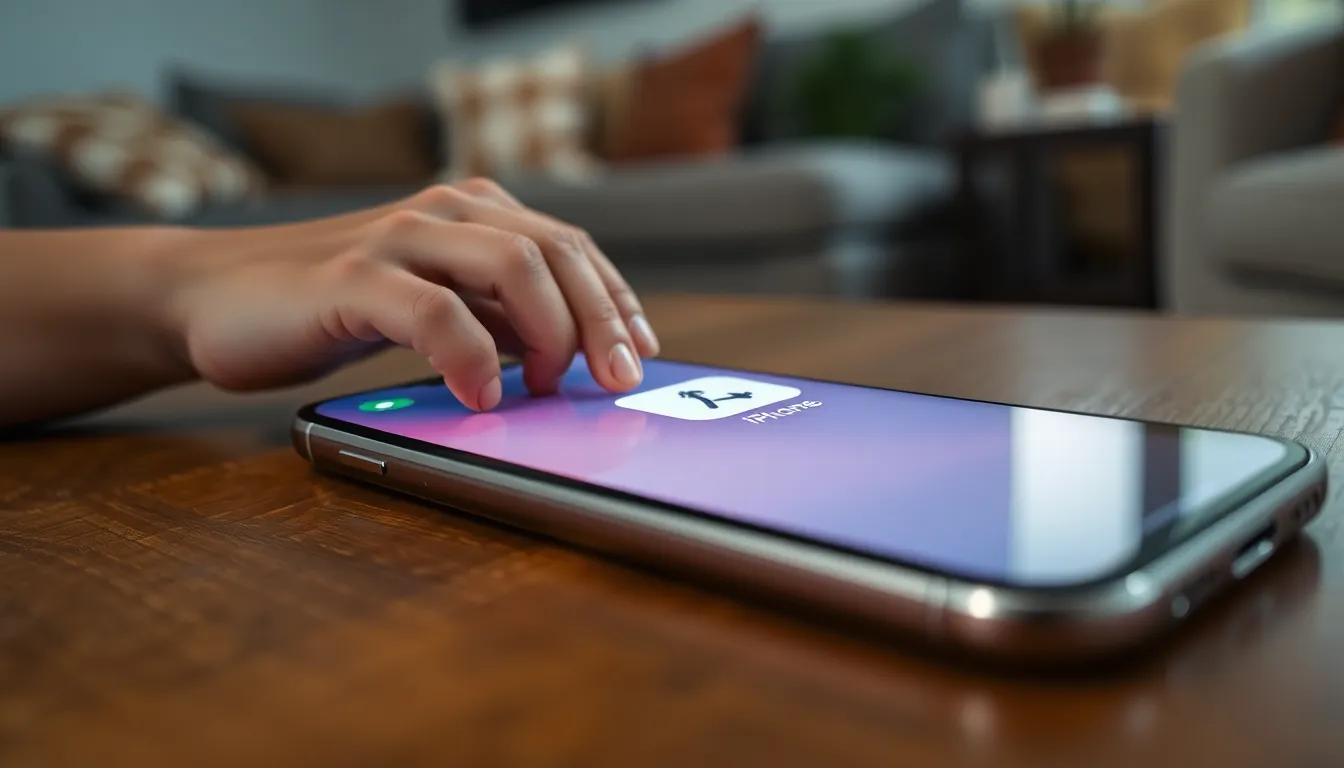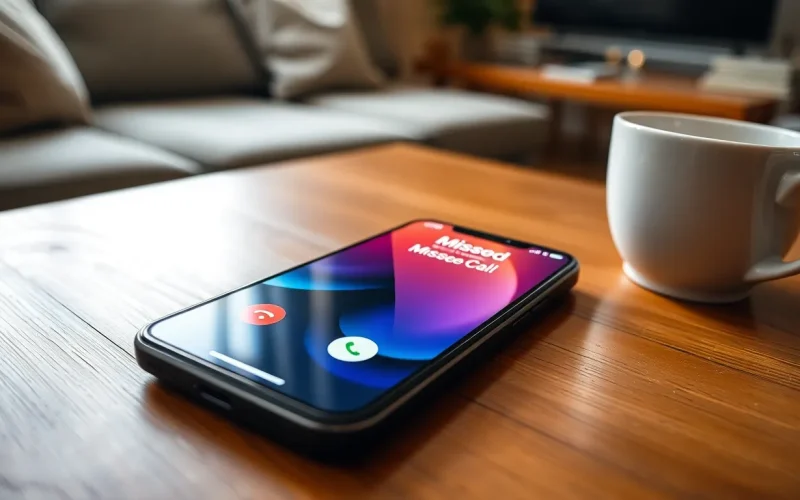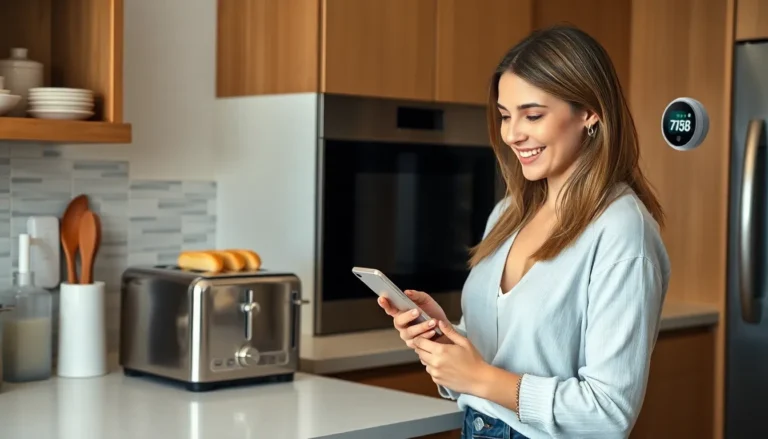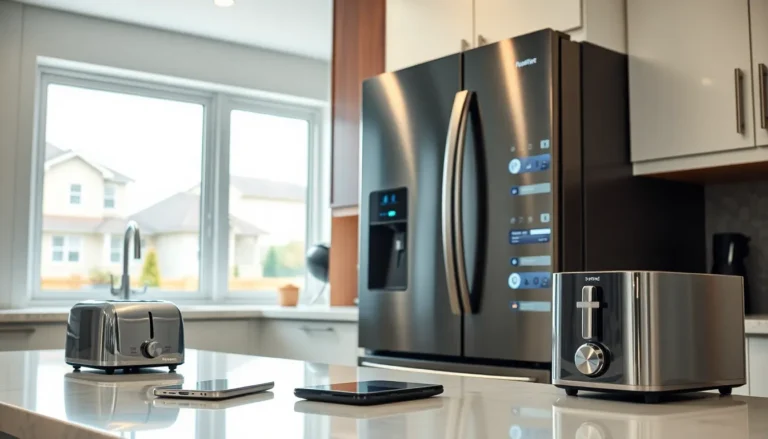Table of Contents
ToggleImagine this: your phone rings, you reach for it, and—poof—it goes straight to voicemail. It’s like your iPhone’s playing hide and seek, but you’re the only one looking for answers. Why does this happen? Is it a glitch? A secret message from the universe? Or maybe your phone just needs a break from all those calls?
Understanding The Issue
When an iPhone goes straight to voicemail, various factors come into play. Understanding these can clarify the reasons behind missed calls.
Common Reasons for Straight to Voicemail
Several factors contribute to calls going directly to voicemail. An iPhone may be turned off or out of battery, making it unable to receive calls. Network coverage plays a critical role, as inadequate signal strength often leads to missed connections. Additionally, contact settings can also cause issues, especially if a caller is blocked or if “silent” is enabled for that contact.
Network Issues
Network issues frequently lead to calls going straight to voicemail. Poor cellular coverage often results in dropped calls or missed notifications. If a phone stays in an area with weak signals, incoming calls can’t connect properly. Switching to Airplane mode during poor coverage also diverts calls to voicemail. Furthermore, carrier outages can disrupt service entirely, causing inconvenience to users.
Do Not Disturb Mode
Do Not Disturb mode often silences incoming calls, sending them straight to voicemail. When activated, the phone restricts notifications and alerts, except for designated contacts. Users might enable this mode during meetings or overnight for uninterrupted rest. Consequently, if someone calls while this feature is active, they’ll hear voicemail rather than the ringing tone. It’s essential to check this setting if the phone regularly diverts calls.
How To Diagnose The Problem

Diagnosing issues that cause an iPhone to go straight to voicemail involves looking at settings and functionality.
Checking Your Settings
Reviewing your settings is essential for identifying potential problems. Users should start by checking Do Not Disturb mode. This feature silences calls unless specific contacts are allowed through. Next, confirm whether any numbers are blocked. Access the Phone app, tap on Contacts, and review blocked contacts. Additionally, ensure that call forwarding isn’t enabled. Navigate to Settings, then Phone, and check Call Forwarding settings. Noticing any discrepancies can quickly clarify reasons for missed calls.
Restarting Your Device
Restarting the device often resolves temporary glitches. Users can hold down the power button until the slider appears, then drag it to turn off the iPhone. After waiting a few seconds, turning the phone back on can reset network connections. Sometimes, a simple restart resolves software issues that cause call problems. Performing this action regularly can maintain optimal functionality. Many users report improved performance following a restart, indicating its effectiveness in addressing minor complications.
Solutions To Fix The Issue
When an iPhone goes straight to voicemail, several solutions can help address the problem effectively.
Disable Do Not Disturb Mode
Disabling Do Not Disturb Mode may resolve issues of missed calls. To check this setting, go to the Control Center or open Settings. Look for the crescent moon icon; it indicates that Do Not Disturb is active. Turning it off allows calls to come through normally. If a contact is on the favorite list, calls from that contact will still ring through while the mode is active. Always ensure this setting is configured correctly to avoid unnecessary call diversions.
Reset Network Settings
Resetting network settings can resolve connectivity issues that lead to calls going straight to voicemail. Navigate to Settings, select General, then tap Transfer or Reset iPhone followed by Reset. Opt for Reset Network Settings, which will restore to factory defaults all network-related configurations. After this reset, reconnect to Wi-Fi and re-enter any VPN or APN settings if necessary. Testing call functionality after this process is important to check for improvements in call reception.
When To Seek Help
When an iPhone consistently sends calls straight to voicemail, seeking professional assistance becomes crucial. Troubleshooting steps might not resolve every issue, especially when the problems stem from service providers or hardware concerns.
Contacting Your Service Provider
Contacting the service provider represents an essential step in diagnosing call issues. Representatives can check for service outages or account-related problems that affect call delivery. Network settings, including whether the account is active and properly configured, might require immediate attention. Additionally, service providers can assist in determining whether the problem lies within their network coverage in a specific area. If all settings appear correct but calls still direct to voicemail, reaching out to the provider often uncovers hidden issues that need resolution.
Exploring Hardware Issues
Exploring hardware issues can reveal underlying problems with the iPhone itself. Physical damage to the device, such as a cracked screen or faulty antenna, might disrupt call functionality. Testing the phone’s ability to make and receive calls in different locations aids in identifying connectivity issues. Users can also check for software updates, as outdated systems can create glitches impacting call performance. Visiting an authorized service provider for diagnostics ensures that any hardware malfunctions get addressed promptly. By examining these aspects, an effective solution often surfaces to restore normal call operations.
Experiencing an iPhone that goes straight to voicemail can be frustrating. Understanding the potential causes helps users address the issue effectively. Whether it’s a simple setting adjustment or a more complex network problem, identifying the root cause is essential.
By checking settings like Do Not Disturb and blocked contacts users can often resolve the issue on their own. If problems persist seeking professional help is advisable. Staying proactive about device maintenance and connectivity can significantly enhance call performance. With the right approach users can ensure their iPhones function smoothly and stay connected.





